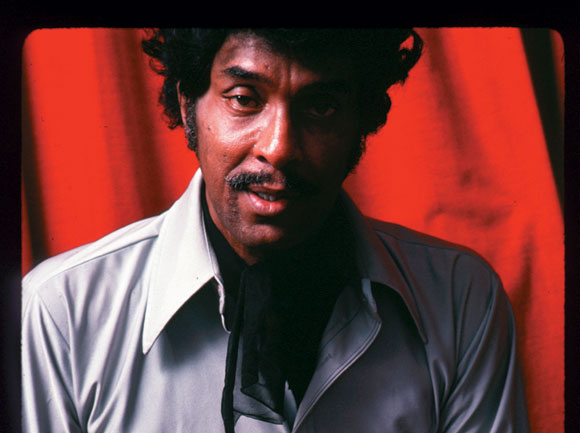
In reality, only his first book, “Pimp: The Story of My Life” was about pimping, his other books told stories of con men of all colors, and his ouevere even included a book called “Mama Black Widow”, which was an empathetic portrait of a black homosexual named Otis Tilson. Iceberg Slim was famous for being the primary writer to escape the world of pimping and writing stories about it in great detail. They were all over barber shops, heavily marked up and checked out of school and public libraries, and constantly referenced by people in the neighborhood. Iceberg Slim’s books were very familiar to me growing up in Oakland, California in the 1990s. “Portrait of a Pimp” takes us into the life story of Ice-T’s primary influence, the pimp turned author Iceberg Slim. The first documentary Ice T did in this vein was his hip hop documentary, “The Art of Rap”, which took us into the technique’s and motivations of rappers. It’s the same discharching of ideological debt that Snoop Dogg has constantly repaid and that the RZA accomplished by finally making his own kung fu flick, “The Man with the Iron Fists”, instad of sampling them.

Included in the mix are photos of mid-20th-century Chicago that, according to the end credits, were taken for Look Magazine by Stanley Kubrick.Ice T has done some very special film work over the past few years, chronicling the influences that made both his rap career possible, and exposing some of the roots of hip hop. Particularly striking are transitional sequences that use animated montages of everything from paintings and photographs to lurid paperback cover illustrations. All of Slim’s books (including “Trick Baby,” filmed in 1972) originally appeared as paperbacks issued by a third-tier publisher, yet sold millions of copies.Īnd while the pic details his enduring influence on interviewees such as Chris Rock, Snoop Dogg, Bill Duke and, of course, Ice-T, who says his stage name is a tribute to the author, it doesn’t shy away from suggesting Slim took several detours from the straight and narrow long after his supposed reformation. “Portrait” abounds in the sort of ironies and contrasts that can make a biodoc fascinating even to auds totally unfamiliar with its subject. The pic indicates that Beck (who died in 2009) performed similar duties as Slim completed subsequent books, and proved irreplaceable - as a collaborator, at least - following their breakup in the 1980s. Indeed, “Portrait” repeatedly emphasizes that although “Pimp: The Story of My Life” has been widely misinterpreted (more often than not, by its most fervent fans) as a celebration of thug life, Slim (real name: Robert Beck), who died in 1992, always claimed he wrote the book as a cautionary fable about what he described as “my ghastly life.”īut it’s a fable that, even after he cleaned up his act, Slim could not write on his own.ĭuring oncamera interviews, a frail yet feisty (and conspicuously Caucasian) Betty Mae Beck describes how, after meeting and marrying Slim in Los Angeles in the mid-1960s, she strongly encouraged him to tell his story, and wound up writing it down as he dictated it to her.

Pic duly notes how he was shaped by corrupting influences - including a treacherous mom, who coldly betrayed the one man Slim ever viewed as a father figure - but, again like the book, it stops well short of making excuses or rationalizations. Much like that breakthrough autobiography, “Portrait” recounts in vivid detail Slim’s early days as a petty criminal, drug addict and hard-core pimp who drifted in and out of prison until hitting rock bottom in the early ’60s during a lengthy stint in solitary confinement. Hinojosa, long-time manager of rapper-actor Ice-T, who serves as pic’s co-executive producer and an oncamera interviewee, also employs apt excerpts from Slim’s books, with particular emphasis on material from “Pimp: The Story of My Life.”
#Betty beck obituary iceberg slim series
To construct this “Portrait,” first-time helmer Jorge Hinojosa adroitly interweaves well-chosen archival photos and footage, including a revealing early ’70s Q&A originally presented on the PBS series “Black Journal,” and several newly filmed interviews with academics and acquaintances, family members and celebrity admirers.


 0 kommentar(er)
0 kommentar(er)
